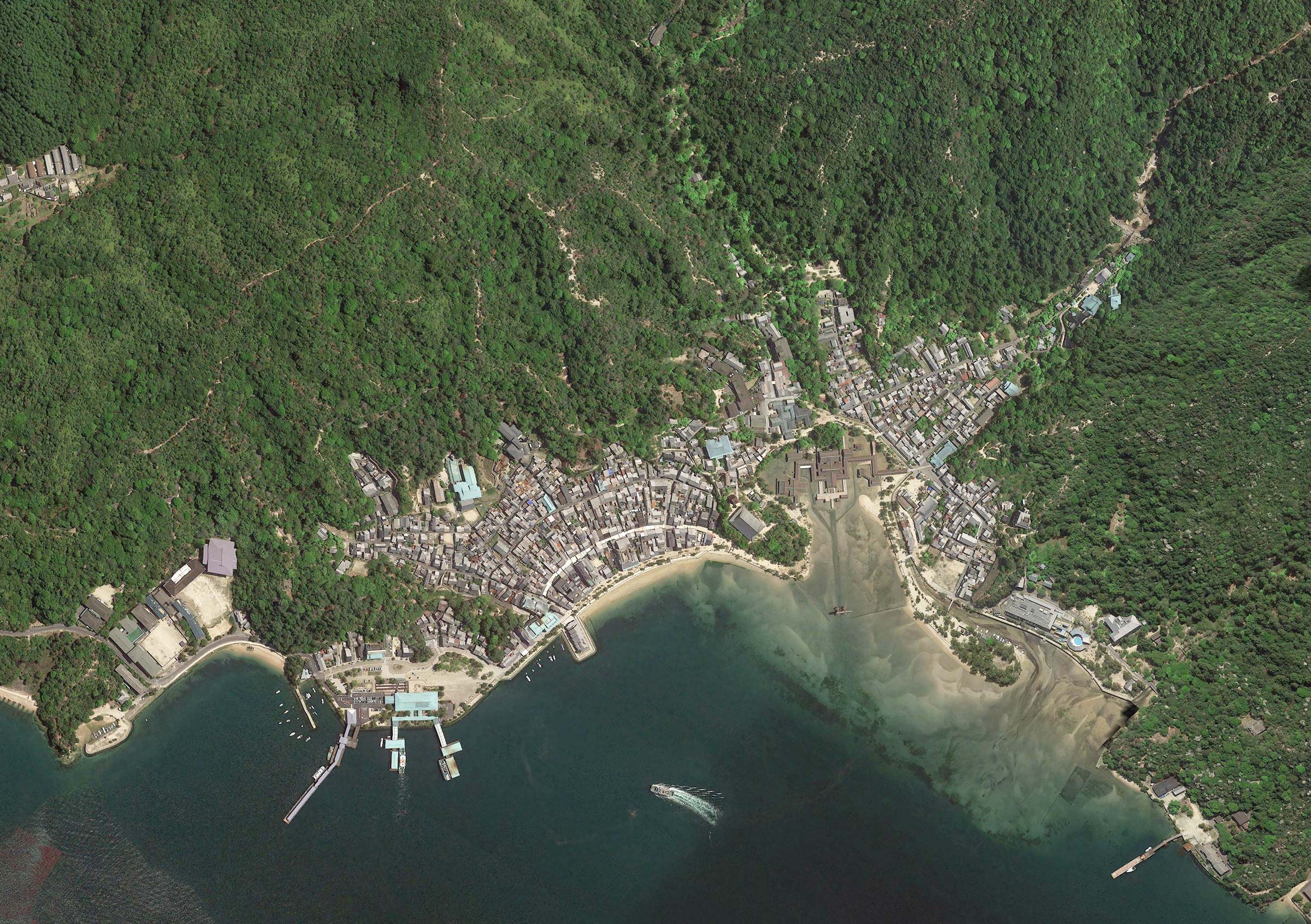Le Temple Daiganji (ou Kikyozan Hokoin) appartient à la branche Koyasan de la secte bouddhiste Shingon. Le fondateur du temple n’est pas connu cependant il semblerait que le temple ait été reconstruit par le prêtre Ryokai entre 1201 et 1203, à la période Kamakura.
Avant le décret de séparation du Shintoïsme et du Bouddhisme par le gouverment Meiji, ce temple était chargé des travaux de construction et d’entretien du Sanctuaire d’Itsukushima, des sanctuaires d’Hazokigu et d’Usahachimangu dans le Kyushu et de nombreux autres encore.
Dans le pavillon principal se trouvent quatre statues de Bouddha qui ont été déclarées Biens Culturel Nationaux Importants.
L’une des quatre représente Yakushi Nyorai Zazo, une statue assise du Bouddha de la Guérison et on pense qu’elle est l’oeuvre de Kobo Daishi (Kukai), le fondateur de l’école Shingon.
Suite au décret de séparation, trois statues ont été rapportées du Sanctuaire Senjokaku. Il s’agit de celle de Shaka Nyorai Zazo, une statue assise de Bouddha Gautama, qui aurait été faite par Gyoki, et celles d’Anan Sonjazo et de Makakasho Sonjazo.
Anan Sonjazo et Makakasho Sonja sont deux des dix illustres disciples de Bouddha.
Trois autres statues furent aussi rapportées de la Pagode à 5 étages : Shaka Nyorai Zazo, Monju Bosatsu (Bouddha de la Sagesse), et Fugen Bosatsu (Bouddha de la Compassion).
A l’entrée du pavillon principal se trouve Binzuru Sonja, aussi connu sous le nom de Nadebotoke. Les visiteurs frottent le Bouddha pour guérir leurs maladies.
Le Temple Daiganji est dédié à Benzaiten, la déesse de l’éloquence, de la musique, de la sagesse et de la prospérité et est l’un des trois temples Benzaiten les plus célèbres avec celui d’Enoshima à Kanagawa et celui de Chikubujima à Shiga. Le Benzaiten est ouvert au public une fois par an le 17 Juin.
En avril 2006, le pavillon Gomado a été reconstruit pour la première fois en 140 ans et a servi à la mise en place de la cérémonie commémorative de Fudo Myo-o Zazo, dont la statue mesure 4 mètres de haut et est faite de bois de santal.
En 1538, à l’époque des guerres civiles, le prêtre Sonkai se rend en Corée pour aller y chercher le « Issaikyo », l’intégralités des Sutras Bouddhistes, avec l’aide de Yoshitaka Ouchi, Seigneur de Yamaguchi. Son voyage est décrit à l’arrière du « Shosho Hakkei » (paravent peint à 8 panneaux), ce qui en fait est un précieux document permettant de se faire une idée de la Corée de cette époque. Le récit de son voyage « Sonkai Tokai Nikki » a été classé Bien Culturel National Important.
En 1866 pendant la seconde guerre de Choshu, une conférence de paix organisée par Kaishu Katsu du Shogunat et des membres du Clan Choshu, tels que Masaomi Hirosawa dans l’une des salles de ce temple.
Photo by © Kimon Berlin.


